The Endings to ‘Indiana Jones’ Movies Have Always Been Wild (Commentary)
- Oops!Something went wrong.Please try again later.
As “Indiana Jones and the Dial of Destiny” hits theaters, it’s time yet again for the fan debate over whether the MacGuffin and/or ending of the latest “Indiana Jones” movie is too far-fetched. This debate ignited when “Indiana Jones and the Kingdom of the Crystal Skull” was released in 2008, which found Harrison Ford’s rugged hero coming face-to-face with a literal alien, but how quickly fans seem to forget that this is a franchise rooted in the mystical – going all the way back to Steven Spielberg’s original, iconic “Raiders of the Lost Ark.”
“Dial of Destiny” takes a big swing in its third act, but it’s a swing that is – on the whole – not much bolder or bigger than what’s been portrayed in the previous films. So why does this always seem to catch fans by surprise? Because “Indiana Jones” is too good.
Spielberg, Ford, producer George Lucas and screenwriter Lawrence Kasdan were inspired by 1930s and 40s serials when they created what would become “Raiders of the Lost Ark,” but through the craftsmanship of all involved, they ended up creating a character so tangible, so authentic, so grounded that he’s seared into the minds of our collective pop culture as, well, very real.
Also Read:
‘Indiana Jones 5’ Dials Down to $60 Million Box Office Opening
Ford’s portrayal of Jones as a man constantly out of his depth is tremendously relatable. He’s not an untouchable superhero hero; he’s a guy surviving by the skin of his teeth each and every time, whether he’s climbing all over tanks, running from a giant boulder or being dropped into a pit full of snakes. Ford understood from the get-go that Indiana Jones is, first and foremost, an academic. Sure he can crack a whip, but he’s no expert when it comes to adventuring. He’s figuring it out as he goes along.
Spielberg, too, grounded the world of “Indiana Jones” with a ruggedness and classicism that made it all so clearly defined. Quite literally, these films feel so real that viewers seem to straight-up forget how supernatural they get in their third acts.
So let’s run the clock back. Every wild “Indiana Jones” ending, revisited.
Spoilers abound below for all the “Indiana Jones” movies, including “Indiana Jones and the Dial of Destiny.”
“Raiders of the Lost Ark”
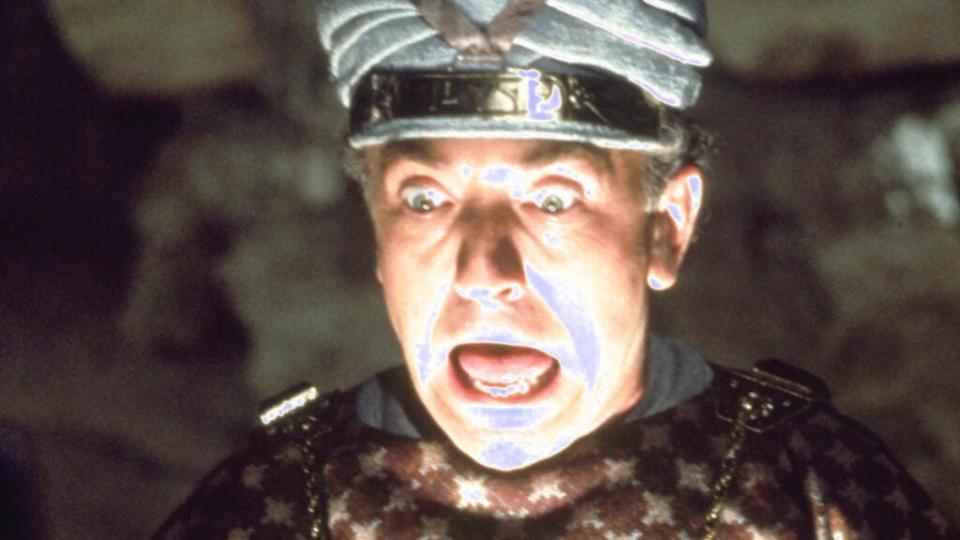
The plot of “Raiders of the Lost Ark,” the first movie released in 1981, finds Ford’s archaeologist hunting down the Ark of the Covenant, a religious artifact believed to contain the two tablets of the Ten Commandments. At the end of the film, Indy and Marion (Karen Allen) are tied up while the Nazis – who have been chasing down the Ark – open up the Ark of the Covenant, only for literal ghosts to come rushing out. A guy’s face is melted down to the bone, and everyone looking at the Ark is instantly vaporized.
It’s a wonderful feat of movie magic and supremely gross.
It’s also wild and extremely mystical. A staple of the “Indiana Jones” franchise is Jones insisting that an artifact is merely a historic relic, something that “belongs in a museum” but holds no true power, only for that stance to be turned upside down when the MacGuffin (i.e. the thing he’s chasing) actually does the mystical thing people believe it might do. Which leads us to…
“Indiana Jones and the Temple of Doom”
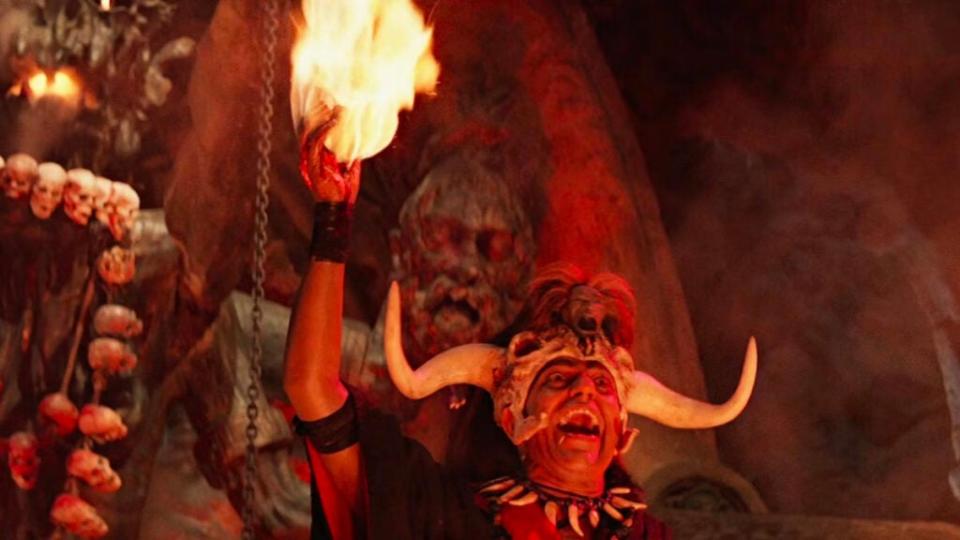
The darkest film in the franchise, 1984’s “Indiana Jones and the Temple of Doom” finds Indy traveling to an Indian village where a sinister plot to uncover sacred stones is underway using child labor. In the film’s most traumatic scene, Indy, Willie Scott (Kate Capshaw) and Short Round (Ke Huy Quan) witness cultists performing a human sacrifice in which a man’s heart is ripped out of his chest, only for him to continue living and breathing until he’s lowered into a fire pit. Once the man (still alive with no heart, mind you) catches fire, his detached, still-beating heart bursts into flames in the hand of Mola Ram.
Oh, and Indy is also put under a spell that temporarily makes him evil. Magic!
“Indiana Jones and the Last Crusade”
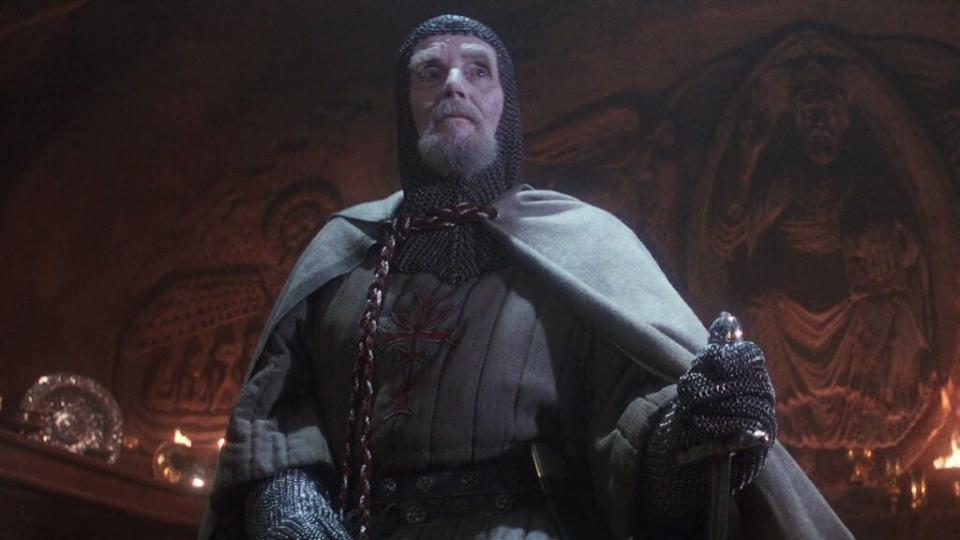
The 1989 sequel “Indiana Jones and the Last Crusade” puts Indy on a quest to find the Holy Grail – the cup Jesus Christ used at the Last Supper – with his father, played by Sean Connery. The film’s finale takes place in a temple containing the Grail, where Indy comes face to face with a knight who has been guarding the Holy Grail (and living) for nearly 1,000 years. Not only that, but we see Indy use the Grail cup to heal his father’s bullet wound instantly (unless Indy swapped the water out with some very potent hydrogen peroxide). Even more mysticism: When Donovan (Julian Glover) drinks from the wrong cup, he instantly ages into a skeleton and dies.
“Indiana Jones and the Kingdom of the Crystal Skull”
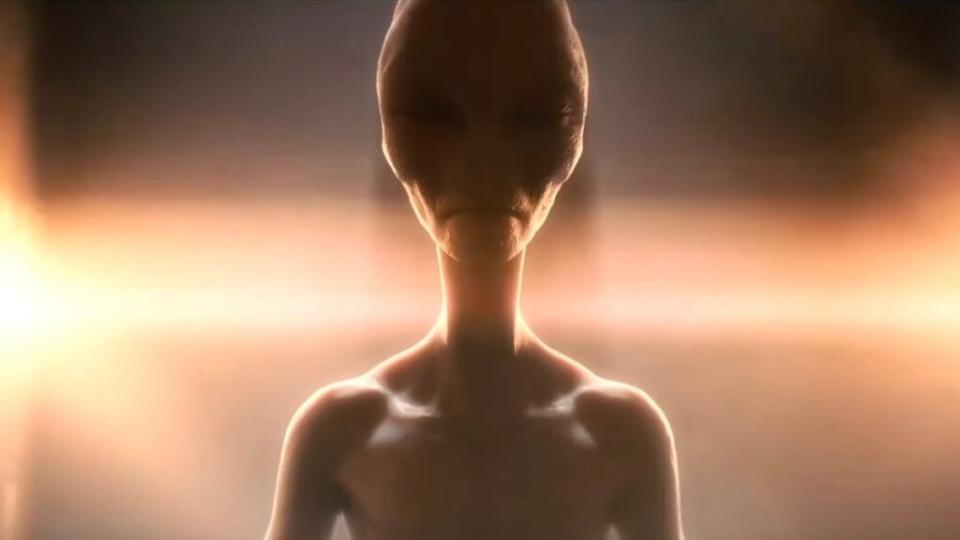
In “Indiana Jones and the Kingdom of the Crystal Skull” – AKA the “one that went too far” – Indiana, Marion and their son Mutt (Shia LaBeouf) find themselves in the possession of a crystal skull that looks very much like it belongs to an alien. Sure enough, in the 2008 film’s grand finale, they’re inside a temple that’s really an alien spaceship, at which point Cate Blanchett’s villain Irina Spalko angers said alien (described as an “interdimensional being,” according to John Hurt’s Ox) who fills her mind with all available information in the universe until her eyes burst into flames. Indy and Co. escape, the spaceship spins up and emerges out of the ground, then jets off to parts unknown.
“Indiana Jones and the Dial of Destiny”
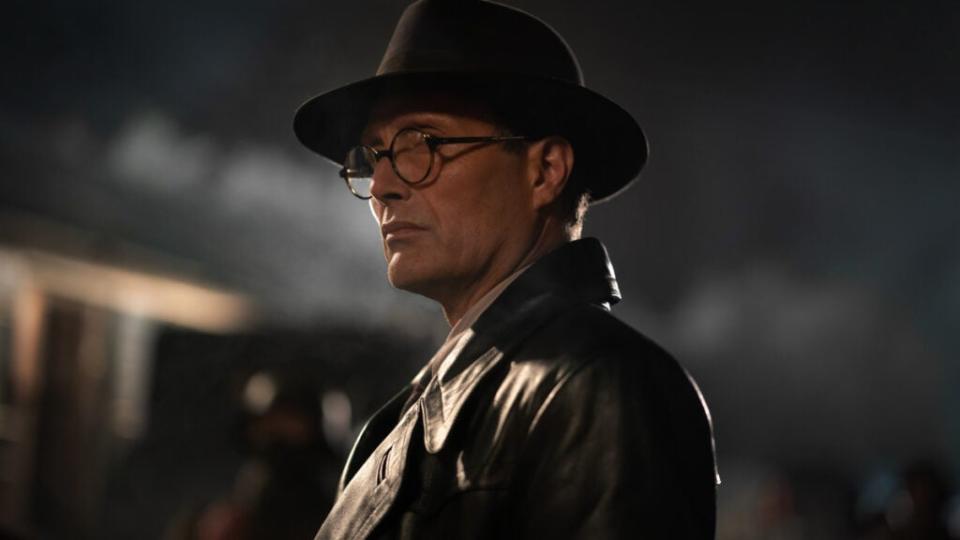
In the most recent film – and the first not to be directed by Steven Spielberg, who handed over directing reins to James Mangold – Indy is searching for the second half of Archimedes’ Dial alongside his goddaughter Helena Shaw (Phoebe Waller-Bridge). The dial, a real archaeological artifact, is also desired by a Nazi scientist, played by Mads Mikkelsen, who believes it can be used to travel through time.
You know where this is going…
In the film’s finale, Mikkelsen’s Jurgen Voller is in a plane with Indy held captive (and Helena hiding below) that’s on course for a rip in time that, according to Voller, will transport him back to 1939 where he will kill Hitler and assume his place, succeeding where Hitler failed. When they travel through the rift, however, they actually end up in 214 BC during the Siege of Syracuse, where Indy and Helena come face to face with Archimedes. Yes, that Archimedes.
Indeed, in the final Indiana Jones film ever made, the adventurous archaeologist obsessed with the past actually travels to the past and witnesses ancient history firsthand. It’s a poetic moment, made all the more poignant when Indy expresses his desire to stay, grieving the death of his son and the dissolution of his marriage. Luckily, Helena decks him and drags him back to 1969, where he’s reunited with Marion. The end.
Weird? Yes. Out of the ordinary for an “Indiana Jones” movie? Absolutely not.

